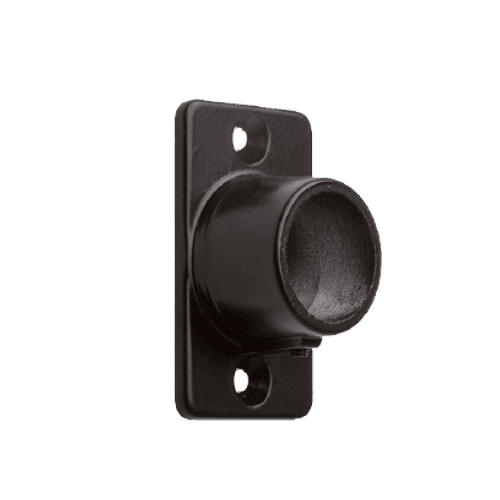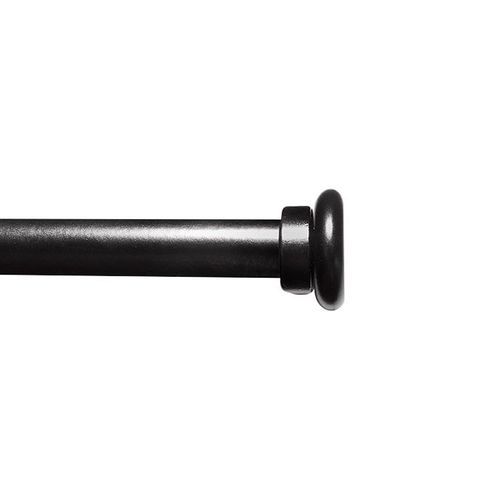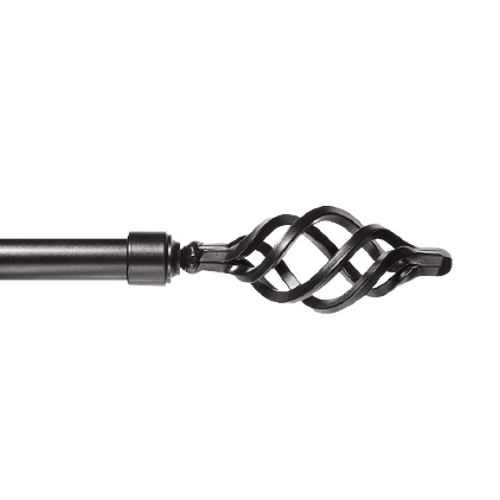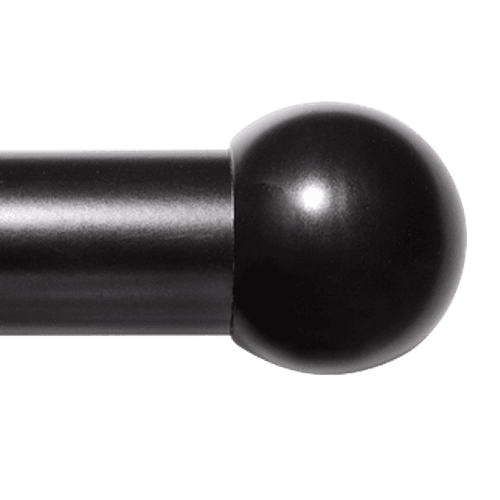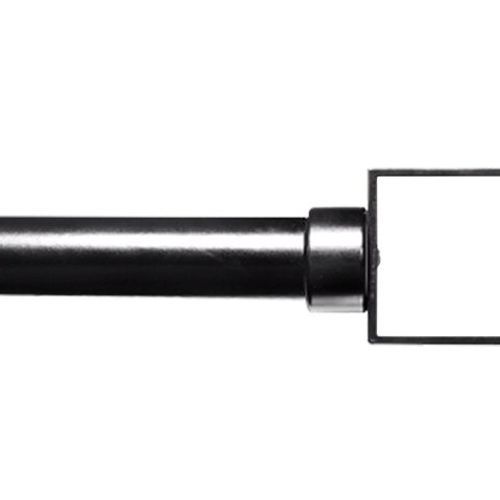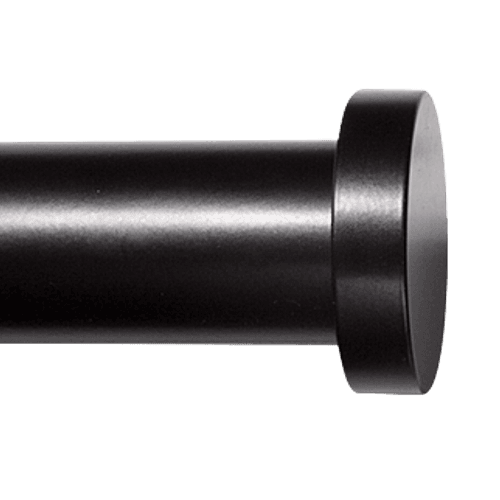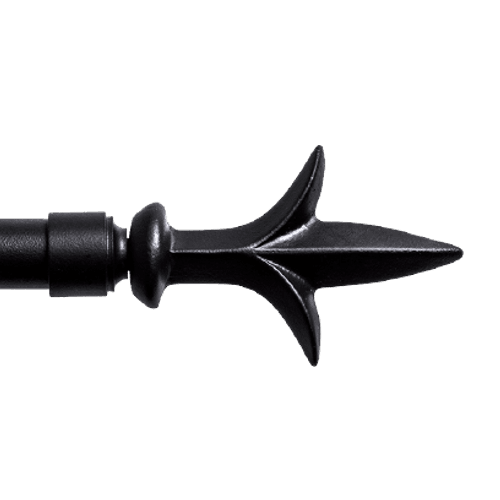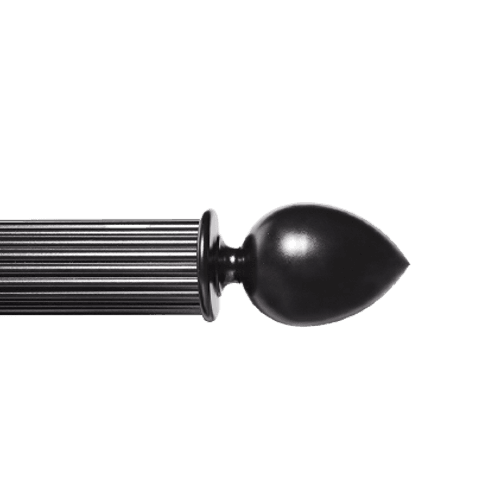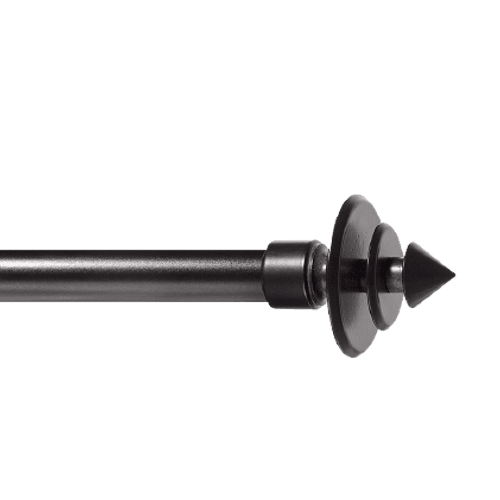Curtain Accessories
- Curtain accessories are the essential background team that supports the star of the show. Each piece serves a specific functional purpose, while many also add a decorative quality to complement the window treatment setting. ArchiPro features a selection of quality hardware, from complete hanging solutions to small accessories like curtain rings and curtain hooks supplied by the most trusted brands in New Zealand.Why ArchiPro?
No more endless searching -
Everything you need, all in one place.Real projects, real experts -
Work with vetted architects, designers, and suppliers.Designed for New Zealand -
Projects, products, and professionals that meet local standards.From inspiration to reality -
Find your style and connect with the experts behind it.Start your Project
Start you project with a free account to unlock features designed to help you simplify your building project.
Learn MoreBecome a Pro
Showcase your business on ArchiPro and join industry leading brands showcasing their products and expertise.
Learn More